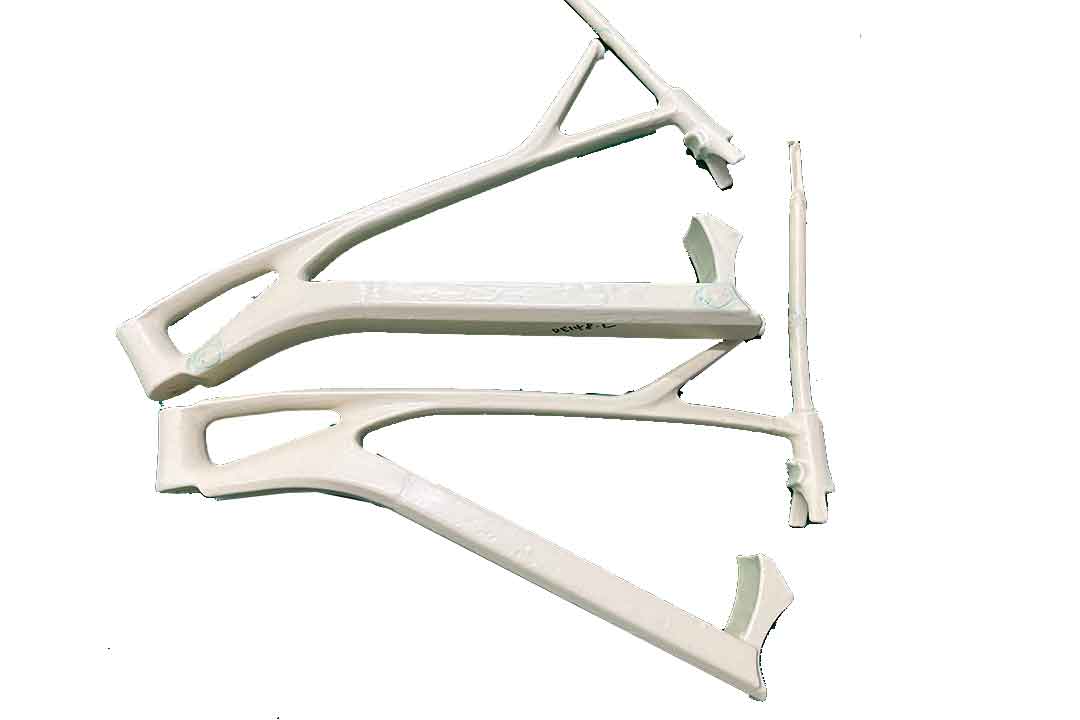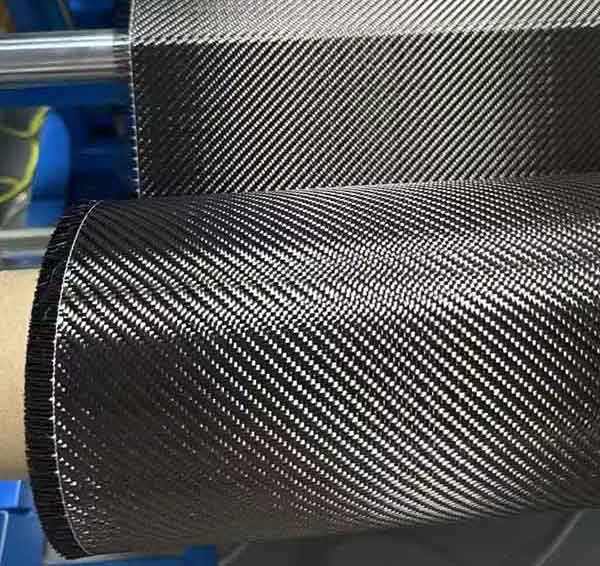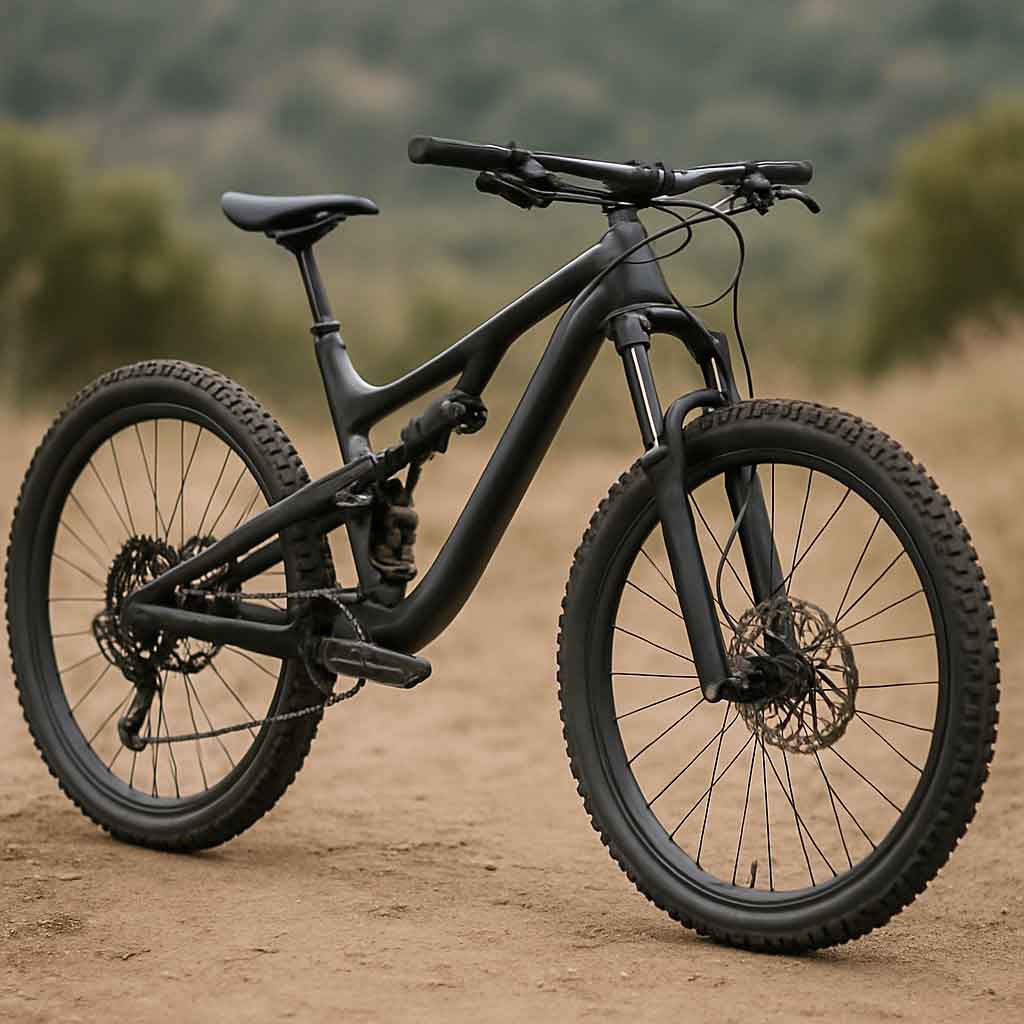Welcome to Mondince Bike - A well-known factory specialized in produce carbon bike frame and other parts since 2007.
Comparing 29 Inch Wheels to Other Sizes
Mountain biking has evolved significantly over the years, with wheel size being one of the most debated topics among riders. Among the various options, 29-inch wheels, often referred to as "29ers," have gained considerable popularity. But how do these wheels compare to other sizes? Let's dive into the world of bicycle wheels and see what makes the 29-inch wheels stand out.
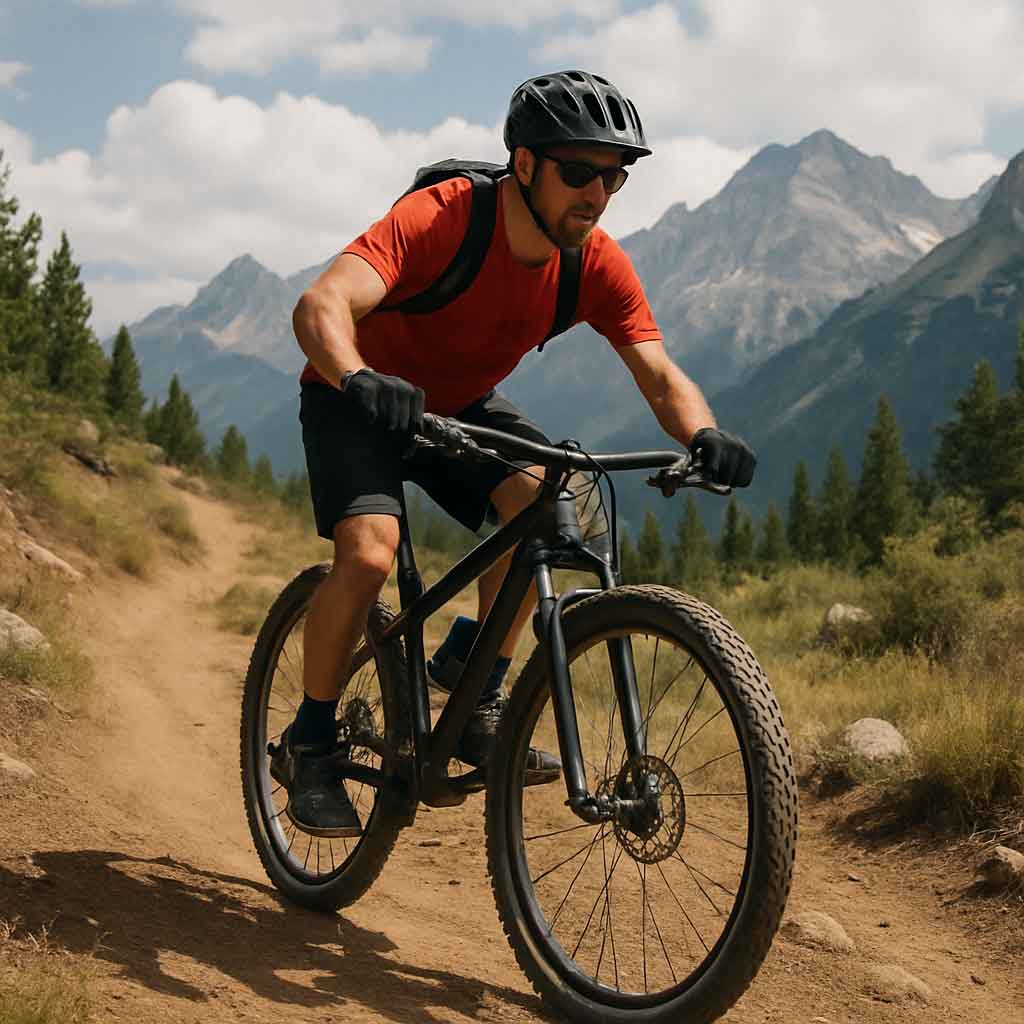
The 29-inch wheel has become a favorite among mountain bikers for several reasons. Introduced in the early 2000s, these wheels were initially met with skepticism. However, as more riders and manufacturers embraced them, their advantages became clear. The larger diameter offers improved rollover capabilities, making it easier to tackle obstacles like rocks and roots. This feature alone has made 29-inch wheels a top choice for cross-country and trail riders.
Historical Context and Development
The development of 29-inch wheels marked a pivotal moment in mountain biking history. Initially, the industry was dominated by the standard 26-inch wheels. However, as riders sought better performance on diverse terrains, manufacturers began experimenting with larger diameters. The 29-inch wheel emerged as a solution to the limitations faced by smaller wheels, offering enhanced stability and efficiency.
Embracing the 29er: Overcoming Skepticism
Despite their initial skepticism, riders gradually started embracing 29ers. Early adopters were quick to notice the enhanced performance, especially in terms of speed and obstacle clearance. As word spread about their benefits, more cyclists and manufacturers began to explore this option. The shift was further accelerated by professional racers who showcased the competitive edge offered by 29-inch wheels.
Technological Advancements and Popularity
Technological advancements played a crucial role in the rise of 29-inch wheels. Innovations in materials and design allowed manufacturers to produce lighter and more durable wheels. This, in turn, contributed to their growing popularity among both amateur and professional riders. Today, 29ers are a common sight on trails around the world, a testament to their effectiveness and reliability.
Benefits of 29 Inch Wheels
One of the most significant advantages of 29-inch wheels is their ability to maintain momentum. Once they start rolling, they tend to keep going, which can be a significant benefit on long rides or races. The larger contact patch with the ground also offers better traction, especially in loose or muddy conditions.
Momentum and Speed
Momentum is a critical factor in mountain biking, and 29-inch wheels excel in this area. Their larger diameter allows for smoother and more sustained speeds, especially on flat and downhill sections. This characteristic is particularly beneficial for endurance riders who need to conserve energy over long distances. The ability to maintain momentum also translates into faster lap times and improved overall performance.
Traction and Stability
Traction is another key advantage of 29-inch wheels. The increased contact patch with the ground provides superior grip, allowing riders to tackle challenging terrains with confidence. This stability is especially noticeable in loose or muddy conditions, where smaller wheels might struggle to maintain control. Riders often find that they can push their limits further with the added traction provided by 29ers.
Comfort and Reduced Fatigue
Comfort plays a significant role in a rider's overall experience, and 29-inch wheels contribute to a smoother ride. Their larger size helps absorb bumps and vibrations, reducing the impact on the rider's body. Over long distances, this translates to less fatigue and a more enjoyable ride. Riders who prioritize comfort often find that 29ers offer a more pleasant and less strenuous experience.
Comparing Wheel Sizes
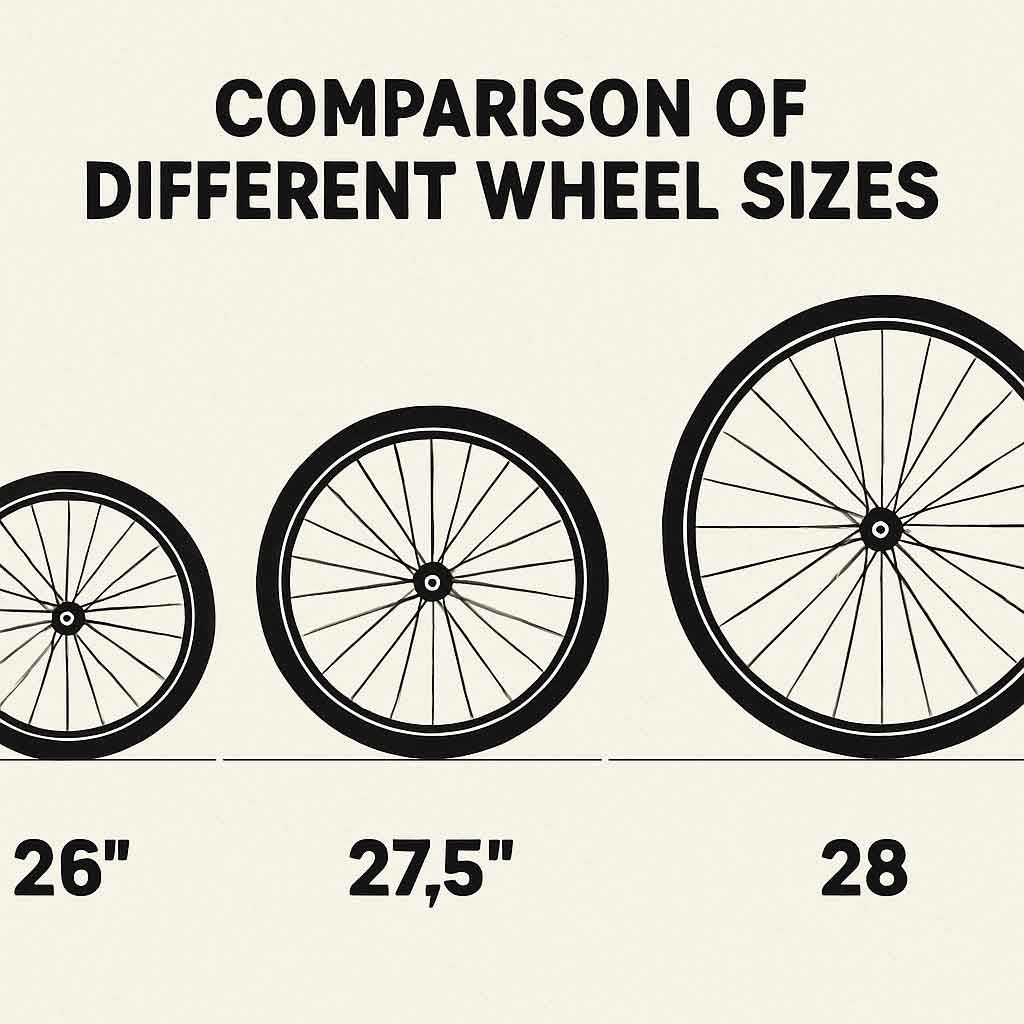
To understand how 29-inch wheels stack up against other sizes, let's look at the two other common options: 26-inch and 27.5-inch wheels.
26-Inch Wheels: The Traditional Standard
For many years, 26-inch wheels were the standard for mountain bikes. They are lighter and more agile than their larger counterparts, making them ideal for technical trails and quick maneuvers. However, they struggle with rolling over obstacles compared to 29ers. For riders who prioritize agility and quick handling, 26-inch wheels still hold appeal.
Agility and Maneuverability
The agility of 26-inch wheels is unmatched, making them a favorite among riders who enjoy technical trails. Their smaller size allows for quick direction changes and nimble handling, which is essential in tight and twisty sections. Riders often appreciate the responsiveness of 26-inch wheels, especially in competitive settings where split-second decisions are crucial.
Weight and Portability
Another advantage of 26-inch wheels is their lighter weight, which can be a game-changer for certain riders. The reduced weight makes the bike easier to lift and transport, which is beneficial for riders who travel frequently or navigate steep climbs. Additionally, the compact size of 26-inch wheels makes storage and transportation more convenient.
Limitations in Obstacle Clearance
Despite their advantages, 26-inch wheels have limitations when it comes to obstacle clearance. Their smaller diameter can make it challenging to roll over rocks, roots, and other trail obstacles. Riders may find themselves getting stuck or losing momentum, especially on rugged terrains. As a result, some riders may prefer larger wheels for more demanding trails.
27.5-Inch Wheels: The Versatile Middle Ground
Also known as 650b wheels, 27.5-inch wheels offer a middle ground between 26-inch and 29-inch options. They combine some of the agility of the smaller wheels with some of the rollover and momentum benefits of the 29ers. This makes them a versatile choice for a wide range of riding styles.
Balancing Agility and Stability
The 27.5-inch wheels strike a balance between agility and stability, making them a versatile option for riders. They offer a compromise between the nimbleness of 26-inch wheels and the stability of 29ers. This versatility allows riders to enjoy a wide range of trails, from technical descents to long cross-country rides, without sacrificing performance.
Adaptability to Different Terrains
One of the standout features of 27.5-inch wheels is their adaptability to various terrains. Whether tackling rocky trails or smooth paths, these wheels provide a reliable and comfortable ride. Riders appreciate the versatility they offer, allowing them to switch between different riding styles without needing to change their equipment.
Popularity Among Diverse Riders
The popularity of 27.5-inch wheels continues to grow, especially among riders who appreciate their balanced characteristics. They are a common choice for both beginners and experienced cyclists who want an all-rounder wheel size. The ability to handle diverse terrains and riding styles makes them a favorite for many mountain bikers.
29 Inch vs. Other Sizes: A Comparative Analysis
When comparing 29-inch wheels to 26-inch and 27.5-inch options, it becomes clear that each size has its strengths and weaknesses. The choice often comes down to the rider's preference and the type of terrain they frequent.
Terrain and Riding Style Considerations
The type of terrain and riding style play a significant role in choosing the right wheel size. For instance, riders who enjoy fast descents and technical trails might prefer the agility of 26-inch or 27.5-inch wheels. In contrast, someone who tackles long cross-country rides might benefit from the momentum and rollover capabilities of a 29er. Understanding these factors helps riders make informed decisions based on their specific needs.
Performance Trade-Offs
Each wheel size comes with its own set of performance trade-offs. While 29-inch wheels excel in maintaining momentum and stability, they may be less agile in tight corners. Conversely, smaller wheels offer better maneuverability but may struggle on rough terrains. Riders must weigh these trade-offs to determine which size aligns best with their riding goals.
Personal Preferences and Comfort
Ultimately, personal preferences and comfort play a crucial role in wheel size selection. Riders may have specific preferences based on their riding experience, body size, and comfort level. Test riding different wheel sizes can provide valuable insights into what feels right for each individual, ensuring a more enjoyable and satisfying ride.
The 29er Experience

by Dmitriy Frantsev (https://unsplash.com/@vapricot)
Riding a bike with 29-inch wheels can feel different from other sizes. The increased wheelbase can make the bike feel more stable, which is a plus on descents and at high speeds. However, some riders find that the larger wheels make the bike less responsive in tight corners.
Stability and Control
The stability offered by 29-inch wheels is a significant advantage, especially for riders who enjoy high-speed descents. The longer wheelbase provides enhanced control, allowing riders to tackle challenging trails with confidence. This stability is particularly beneficial for beginners or those looking to improve their downhill skills.
Handling Tight Corners
While 29ers excel in stability, they may require more effort to navigate tight corners. The larger wheel size can make the bike feel less responsive in sharp turns, which may take some getting used to. Experienced riders often develop techniques to compensate for this, ensuring smooth and efficient cornering.
Climbing and Descending Dynamics
The dynamics of climbing and descending with 29-inch wheels can differ from other sizes. While the improved traction helps on climbs, the added weight and size may require more effort to get the bike moving. On descents, however, the stability and momentum of 29ers shine, offering a thrilling and controlled ride.
Disc Brakes and 29 Inch Wheels
Many 29-inch wheels come equipped with disc brakes, which are essential for handling the increased speed and weight. Disc brakes provide superior stopping power and are more effective in wet conditions than traditional rim brakes. This feature makes them a popular choice for mountain bikers who ride in diverse conditions.
Enhanced Stopping Power
Disc brakes offer enhanced stopping power, which is crucial for handling the increased momentum of 29-inch wheels. Riders can rely on consistent and precise braking, even in challenging conditions. This reliability is particularly valuable on steep descents where effective braking is essential for safety.
Performance in Diverse Conditions
One of the standout features of disc brakes is their performance in diverse conditions. Whether riding in wet, muddy, or dusty environments, disc brakes maintain their effectiveness. This adaptability ensures that riders can confidently tackle any trail, regardless of the weather or terrain.
Maintenance and Durability
While disc brakes offer superior performance, they also require regular maintenance to ensure optimal functionality. Riders should periodically check for wear and make necessary adjustments to maintain their effectiveness. Despite the maintenance requirements, the durability and reliability of disc brakes make them a worthwhile investment for many cyclists.
Choosing the Right Wheel Size
Selecting the right wheel size depends on several factors, including riding style, terrain, and personal preference. Here are a few considerations to keep in mind:
- Riding Style: If you enjoy technical trails with lots of twists and turns, smaller wheels like 26-inch or 27.5-inch might be more suitable. For long, fast rides, 29-inch wheels could be the better choice.
- Terrain: Consider the type of terrain you typically ride. Rocky, root-filled trails may benefit from the rollover capabilities of a 29er, while smoother trails might not require such features.
- Bike Fit: Larger wheels can affect the overall fit of the bike. It's essential to ensure that the bike fits your body size and riding style, regardless of wheel size.
- Personal Preference: Ultimately, the best wheel size is the one that feels right for you. Test riding different sizes can help you determine which one suits your needs best.
Evaluating Riding Goals
When choosing a wheel size, it's essential to evaluate your riding goals. Are you looking to improve your speed and efficiency on long trails, or are you focused on mastering technical maneuvers? Understanding your objectives helps narrow down the options and guides you toward the wheel size that aligns with your aspirations.
Assessing Terrain Challenges
The terrain you typically ride is another critical factor in selecting the right wheel size. Consider the obstacles and challenges you encounter on your favorite trails. If you frequently ride on rocky or uneven surfaces, larger wheels may provide the stability and traction needed for a smoother ride.
Prioritizing Comfort and Fit
Comfort and fit are vital considerations in wheel size selection. A properly fitted bike enhances the riding experience and reduces the risk of discomfort or injury. Ensure that the bike fits your body size and accommodates your preferred riding style, regardless of the wheel size you choose.
Testing and Feedback
Before making a final decision, consider test riding different wheel sizes. Gathering feedback from experienced riders or seeking advice from local bike shops can provide valuable insights. Test rides offer firsthand experience of how each wheel size feels, allowing you to make an informed choice that enhances your biking adventures.
Conclusion
In conclusion, 29-inch wheels offer several advantages, particularly for riders who tackle varied terrain and long distances. Their ability to maintain momentum and roll over obstacles makes them a favorite for many mountain bikers. However, smaller wheels like 26-inch and 27.5-inch still have their place, offering agility and responsiveness.
Choosing the right wheel size is a personal decision that depends on various factors. By understanding the benefits and drawbacks of each size, you can make an informed choice that enhances your riding experience. Whether you choose the stability of a 29er or the agility of a smaller wheel, the most important thing is that you enjoy the ride.
Embracing Diversity in Wheel Sizes
The diversity in wheel sizes reflects the varied preferences and needs of mountain bikers. Each size offers unique benefits, catering to different riding styles and terrains. Embracing this diversity allows riders to find the perfect match for their specific requirements, ensuring a fulfilling and enjoyable biking experience.
Making Informed Decisions
Making informed decisions about wheel size involves considering all relevant factors, including riding style, terrain, comfort, and personal preferences. By carefully evaluating these aspects, riders can select the wheel size that best suits their individual needs, enhancing their overall biking performance.
Celebrating the Joy of Riding
Ultimately, mountain biking is about the joy of riding and exploring the great outdoors. Whether you choose a 29er for its stability or a smaller wheel for its agility, the most important aspect is the enjoyment and adventure that biking brings. Embrace the ride, and let your chosen wheel size enhance your biking journey.



